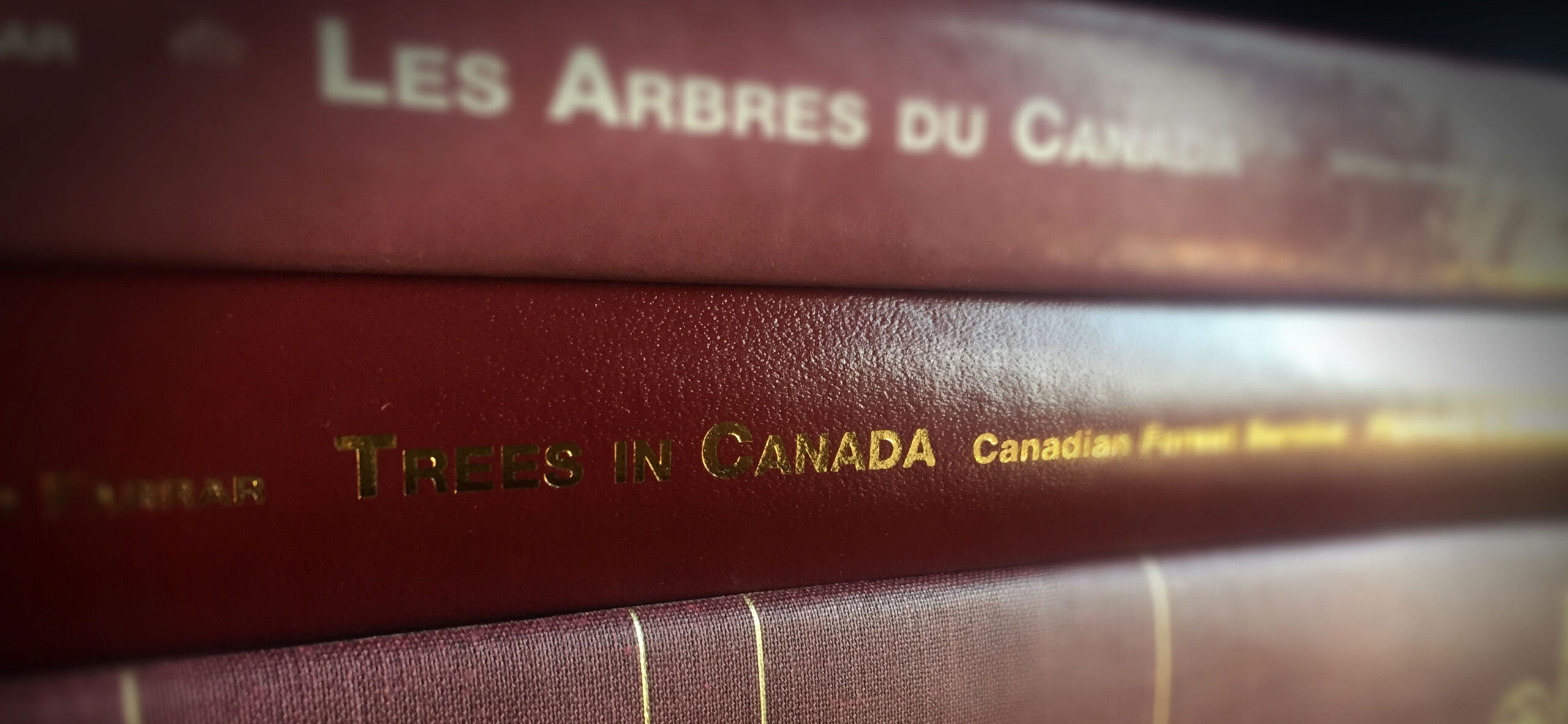
Type

Conifer
Status

Introduced
Edible fruit/nut tree?
NO
Names
Latin (scientific) name: Abies procera
Common English name: Noble fir
Other names:
French name: Sapin noble
Habitat
Mountainous regions of western North America in moist and cool conditions.
Other notes
The largest of the fir trees.
Hardiness zone(s)
5a, 5b, 6a, 6b
A hardiness zone is a geographically defined area where a given plant is capable of growing. Hardiness zones are based largely on climate, particularly minimum temperatures. Zone 0 covers the harshest areas in Canada for plant species. Higher numbers represent more temperate areas.
For more information on plant hardiness zones in Canada, visit Natural Resources Canada.
Images:
No information available
Follow us on social media to keep up-to-date.
